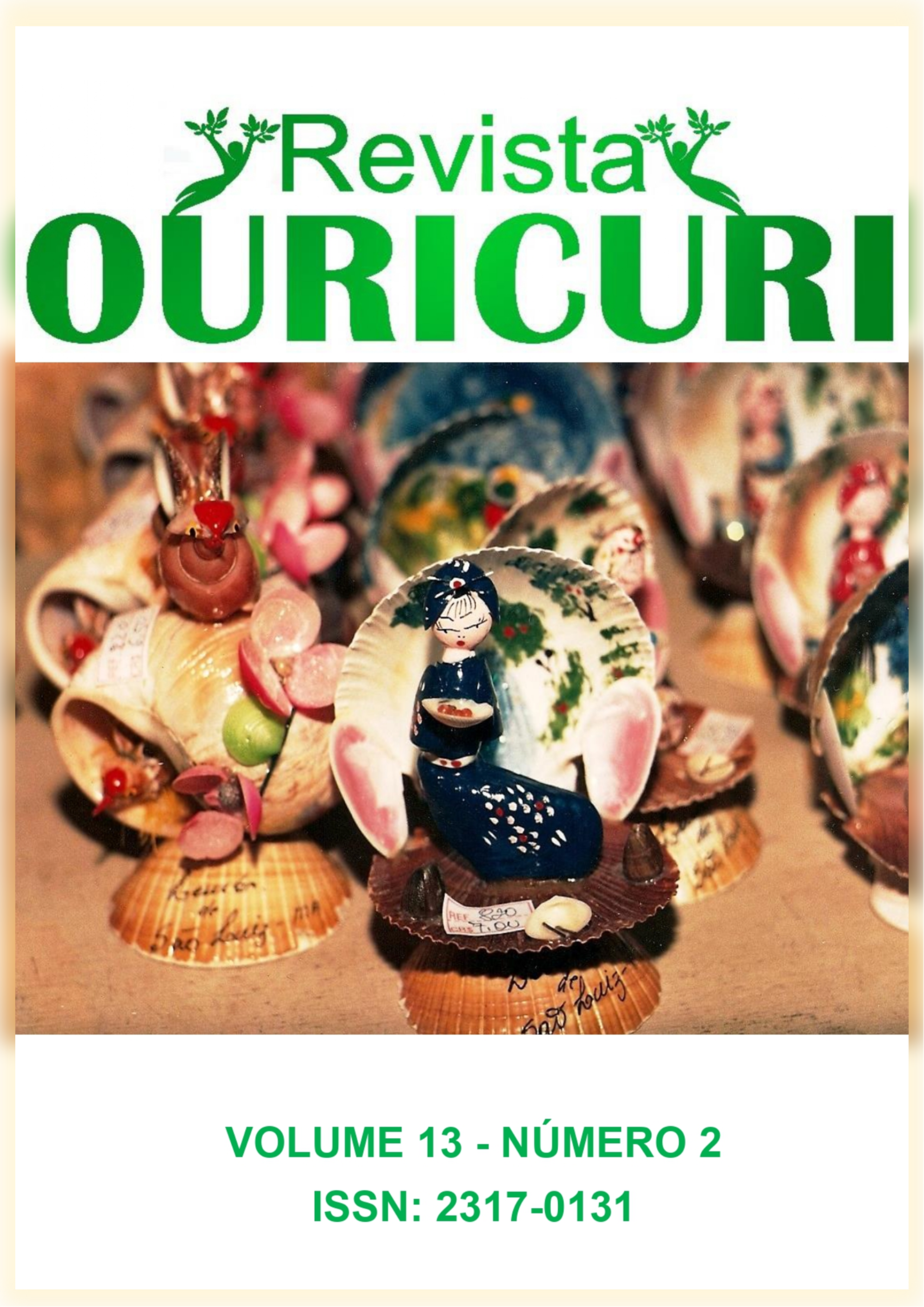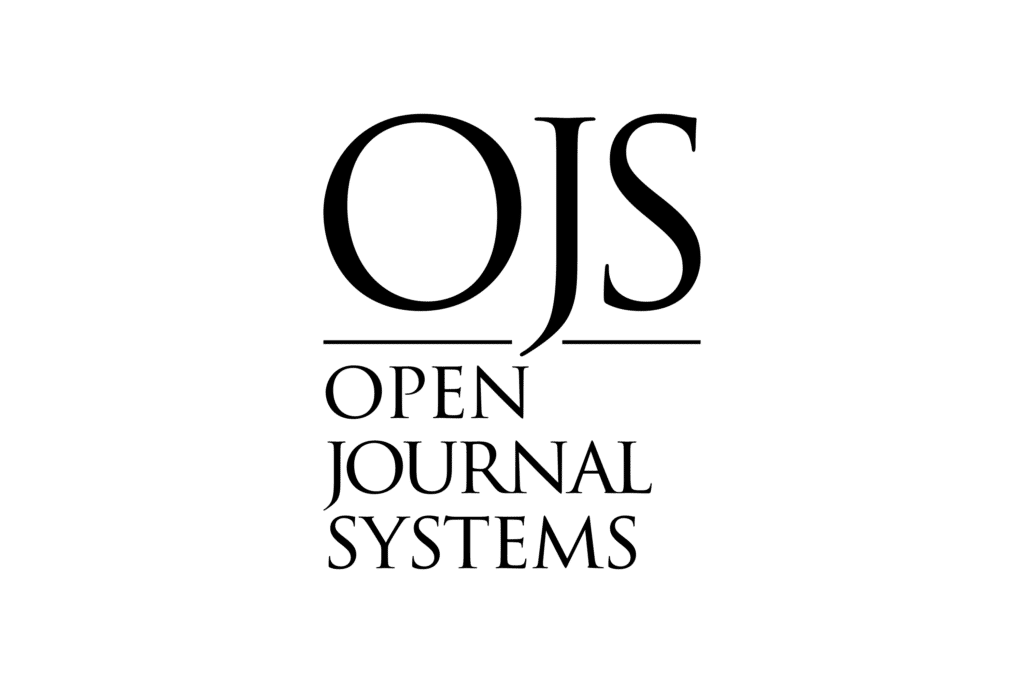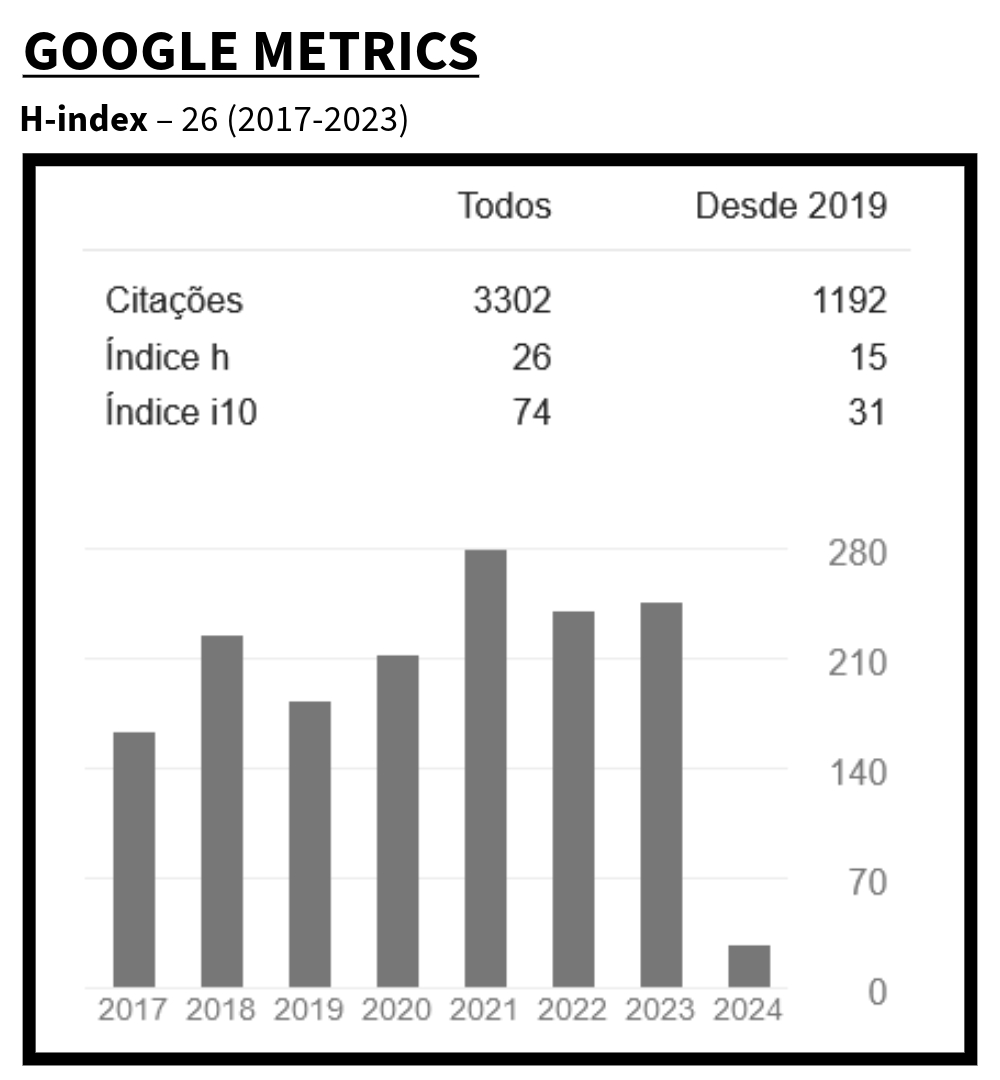Insects (Insecta Linnaeus, 1758) found in graffiti in the city of Salvador, Bahia, Brazil
DOI:
https://doi.org/10.59360/ouricuri.vol13.i2.a18795Keywords:
urban art, ethnoentomology, ethnobiology, cultural zoology.Abstract
Insects are organisms found in a wide variety of environments and they inhabit virtually every habitat on the planet. Even in urban art, we can find representations of them, including graffiti. In this study, drawings depicting various groups of insects were inventoried throughout the city of Salvador, Bahia, Brazil. In addition to actively searching for graffiti panels in Salvador's neighborhoods, we used the social media platform Instagram to collect this data. Among the results obtained, the following major taxonomic groups were observed: Coleoptera, Lepidoptera, Diptera, Hymenoptera, Hemiptera, and Odonata. We can conclude that insects are well-represented, with the order Lepidoptera being the most numerically prominent. This study demonstrates the zoocultural importance that the class Insecta represents for society, culture, and art.
Downloads
References
Blauth, L.; Possa, A. C. K. Arte, grafite e o espaço urbano. Palíndromo, Florianópolis, v. 4, n. 8, p. 1-18, jan/jun, 2012.
Brasil, L. S.; Vilela, D. S. Peculiaridades regionais na percepção de brasileiros sobre libélulas: nomenclatura popular e conservação. Hetaerina Boletín de la Sociedad de Odonatología Latinoamericana, v.1, n.1, p.15-20, 2019.
Brito, L. G. et al. Manual de identificação, importância e manutenção de colônias estoque de dípteras de interesse veterinário em laboratório. Porto Velho, RO: Embrapa Rondônia, 2008. 25 p.
Costa Neto, E. M. A ertnocategoria “inseto” e a hipótese da ambivalência entomoprojetiva. Acta Biológica Leopoldensia 21 (1): 7-14, 1999.
Costa Neto, E. M. Etnoentomologia no povoado de Pedra Branca, município de Santa Terezinha, Bahia. Um estudo de caso das interações seres humanos/insetos. Tese de Doutorado. Universidade Federal de São Carlos, São Paulo. 2003.
Costa Neto, E. M. The use of insects in folk medicine in the state of Bahia, Northeastern Brazil, with notes on insects reported elsewhere in Brazilian folk medicine. Human Ecology, 30(2): 245-263. 2002.
Cruz, D. M; Costa, M.T. “Grafite e pichação – Que comunicação é esta? ” LINHAS, Florianópolis, v. 9, n. 2, 2008, p. 95 – 112.
Da-Silva, E. R.; Silva, T. B. N. R. Urbanidades zoológicas: o Beco do Batman. A Bruxa 3(2): 21-34, 2019.
Falcón B.; Garcia C. Graffiti Salvador. 1. Ed. – Salvador, Bahia: Pinaúna, 2014.
Ferreira-JR, N et al. Ordem Coleoptera. En: Hamada, N., J. L. Nessimian y R. B. Querino, editores. Insetos aquáticos na Amazônia brasileira: taxonomia, biologia e ecologia. Manaus, Brazil: Editora do INPA. p. 349-376. 2014.
Gitahy, C. O que é graffiti. São Paulo: Brasiliense. 1999.
Gullan, P. J.; Cranston, P.S. Insetos: Fundamentos da Entomologia. 5. ed. São Paulo: Roca, p. 460. 2017.
Hogue, C. L. Commentaries in cultural entomology. 1. Definition of cultural entomology. Entomological News. 91(2):33–36, 1980.
Hogue, C. L. Cultural Entomology. Annu. Rev. Entomol. 32:181–99, 1987.
Hossie, T. J; Sherratt, T. N. Does defensive posture increase mimetic fidelity of caterpillars with eyespots to their putative snake models? Current Zoology. 60 (1): 76–89, 2014.
Klein, B. A.; Brosius T. R. In press. Insects in art during an age of environmental turmoil. In A Cultural History of Insects in the Modern Age. London: Bloomsbury Publ. 2007.
Klein, B. A. Wax, Wings, and Swarms: Insects and their Products as Art Media. Annu. Rev. Entom. DOI: 10.1146/annurev-ento-020821-060803. 2021.
Lenko, K.; Papavero, N. Insetos no folclore. São Paulo: Conselho Estadual de Artes e Ciências Humanas, 1996.
Marques J. G. W. Pescando pescadores. Ciência e etnociência em uma perspectiva ecológica. São Paulo: NUPAUB, 258 p. 2001.
Monserrat, V. J.; AGUILAR J. Sobre los artrópodos en el Grafiti Ibérico, Boletín de la Sociedad Entomológica Aragonesa, 41: 497 – 509, 2007.
Monné M. L.; Costa C. Coleoptera in Catálogo Taxonômico da Fauna do Brasil. PNUD. Available in: . Access at: 14 April. 2022. 2022.
Ruppert, E.; Barnes, R. D. Zoologia dos Invertebrados. 6ª ed. Roca Ed. São Paulo. 1029 p. 1996.
Salgado-Neto, G. Lepidópteros do Brasil (agenda de campo): 1-83. Rede de Inovação Tecnológica para Defesa Agropecuária, Viçosa. 2010.
Santos-Fita et al. “Constitution of ethnozoological semantic domains: meaning and inclusiveness of the lexeme "insect" for the inhabitants of the county of Pedra Branca, Bahia State, Brazil. ” Anais da Academia Brasileira de Ciencias 83 2 (2011): 589-98.
Scarabs. In: Redford, Donald B (Org.). The Oxford Encyclopaedia of Ancient Egypt. v. 3. Oxford: Oxford University Press, 2001b.
Silva, T.F.P.; Costa-Neto, E. M. Percepção de insetos por moradores da comunidade de Olhos d'Água, município de Cabaceiras do Paraguaçu, Bahia, Brasil. Boletim da Sociedade Entomológica Aragoneza, 35, 261-268, 2004.
Silva-e-Silva, W. da. Graffitis em múltiplas facetas: definições e leituras iconográficas. São Paulo: Annablume, 2011
Silva-e-Silva, W. da. A história do desenvolvimento do grafite urbano contemporâneo nos Estados Unidos de 1965 a 1979. (Syn) Thesis (Rio de Janeiro), v. 7, p. 217-229, 2015.
Triplehorn, C. A.; Johnson, N. F. Estudo dos insetos: tradução da 7ª edição de Borror and Delong’s introduction to the study of insects. São Paulo, Cengage Learning, 809p. 2011.
Trueman, J. W. H. A brief history of the classification and nomenclature of Odonata. Zootaxa, p.381-394, 2007.
Uehara-Prado, M.; et al. Species richness, composition and abundance of fruit-feeding butterflies in the Brazilian Atlantic Forest: comparison between a fragmented and continuous landscape. Global Ecology and Biogeography, 16: 43-54. 2007.
Valoto, A. D.; Rondo, M. C. Apicultura. 2-3 p. 2007.
Zhang, Z. Q. et al. Animal biodiversity: An outline of higher-level classification and survey of taxonomic richness. ZOOTAXA, Auckland, New Zealand, n. 3148. Magnolia Press, p. 101. 2011.
Downloads
Published
How to Cite
Issue
Section
License
Copyright (c) 2023 Revista Ouricuri

This work is licensed under a Creative Commons Attribution 4.0 International License.
Authors who publish in this journal agree to the following terms:
a) Authors maintain copyright and grant the magazine the right of first publication, with the work simultaneously licensed under the Creative Commons Attribution License which allows sharing of the work with recognition of authorship and initial publication in this magazine.
b) Authors are authorized to enter into additional contracts separately, for non-exclusive distribution of the version of the work published in this journal (e.g., publishing in an institutional repository or as a book chapter), with recognition of authorship and initial publication in this journal.
c) Authors are allowed and encouraged to publish and distribute their work online (e.g. in institutional repositories or on their personal page) as this can increase the impact and citation of the published work (See The Effect of Open Access).













 B1 (2017-2020)
B1 (2017-2020)



















